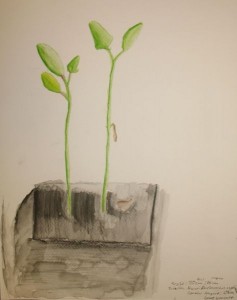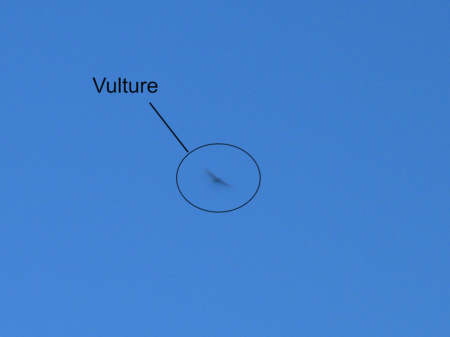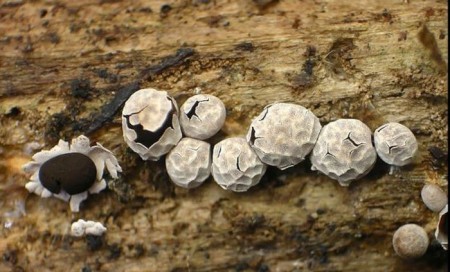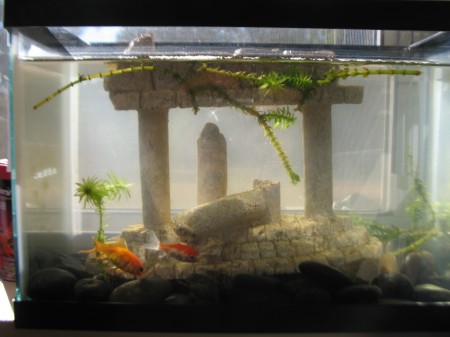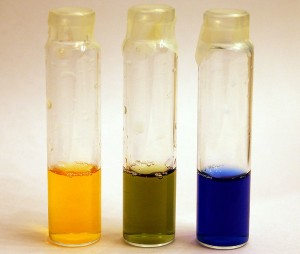Alice Waters has been in the news a lot recently with the recent evaluation of the Berkley School Lunch Initiative (full report).
Waters instituted a program that:
… offered cooking and garden classes integrated with selected classroom lessons along with improvements in school food and the dining environment. – Rauzon et al. (2010)
The report, which followed 5th and 6th graders into middles school, found that they knew more about nutrition and had greater preferences for fresh fruit and vegetables than students in comparable schools.
The researchers did not go into all of the ancillary benefits of gardening and cooking in the school, because the lessons tie into science and social studies curricula. Of course these benefits should be familiar to the Montessori community since Montessori advocated the erdkinder farm school for adolescents.

The Hershey Montessori School seems to be a good example of what Montessori was aiming for (as is the glimpses we get of child rearing in Mirable). We do a lot ourselves in our little program. I’ve noted before how our greenhouse and bread baking tie into math, science, social studies and art.
I sometimes think that the progression of education traces the evolution of culture and technology over the course of human history much in the way that embryonic development was supposed to recapitulate the evolutionary history of the species.
Ontology does not recapitulates phylogeny, and my observations are probably just about as accurate, but the psychosocial development of early adolescents, who are just discovering who they are and realizing their place in society and history, parallels the fundamental reorganization of human societies brought about by the emergence of agriculture.
